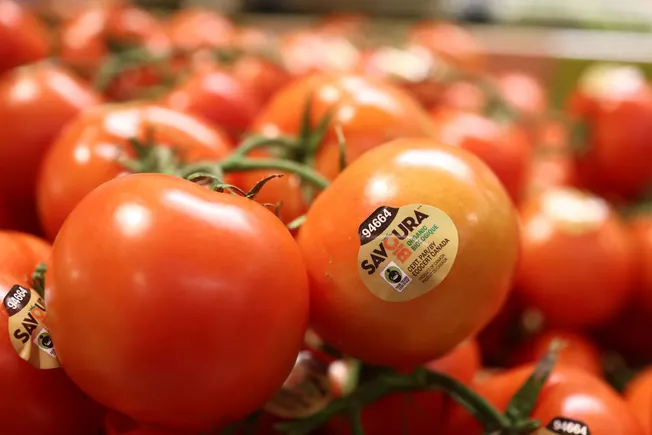The U.S. recently announced a 17.09% import duty on tomatoes from Mexico, following the termination of a 2019 agreement that suspended the antidumping levy. The Commerce Department stated that the duty was calculated to reflect the percentage by which tomatoes from Mexico were sold in the U.S. at unfair prices.
Commerce Secretary Howard Lutnick emphasized that while Mexico is considered a great ally, unfair trade practices have negatively impacted American farmers for too long. The decision to impose the tariff aims to address these issues and level the playing field for U.S. producers.
The response to the new tariff has been mixed, with Mexico’s ministries of Economy and Agriculture deeming the action unfair and against the interests of both Mexican and U.S. industries. They highlighted the quality of Mexican tomatoes as the driving force behind their popularity in the U.S. market.
Jaime Chamberlain, president of Chamberlain Distributing, a produce wholesaler that works exclusively with Mexican growers, expressed concerns about the financial burden the duty would place on importers. He noted the significant investments made in Mexico’s tomato-growing infrastructure, making it challenging to switch to sourcing from U.S. producers.
While some distributors may explore sourcing from other countries, such as Canada or the Caribbean, the sheer volume of tomatoes from Mexico cannot be easily replaced. Lance Jungmeyer, president of the Fresh Produce Association of the Americas, echoed this sentiment, emphasizing the impact on the U.S. market.
In contrast, Rep. Vern Buchanan and the Florida Tomato Exchange viewed the agreement termination and subsequent tariffs as a necessary step to protect American farmers from unfair trade practices. Buchanan praised the decision, stating that it puts American farmers first and ensures fair markets for U.S. agriculture.
The termination of the suspension agreement marks the end of a series of agreements dating back to 1996 related to tomato imports from Mexico. The ongoing negotiations between Mexico and the U.S. government suggest a continued effort to find a resolution that benefits both parties.


